Types of Doodles: A Comprehensive Guide
You’ve seen them at the park, on social media, and perhaps even in your neighbor’s yard. Those irresistibly cute dogs with wavy, curly coats and eyes that seem to hold a world of mischief and love.
They’re doodles, and their undeniable charm has captured the hearts of many. But beyond their picture-perfect good looks, you might find yourself pondering: Are doodles the right pet for me? How healthy are they? And why do whispers of controversy surround the world of doodling?
Dive into this article as we unravel the allure, the facts, and the debates surrounding these beloved mixed breeds.
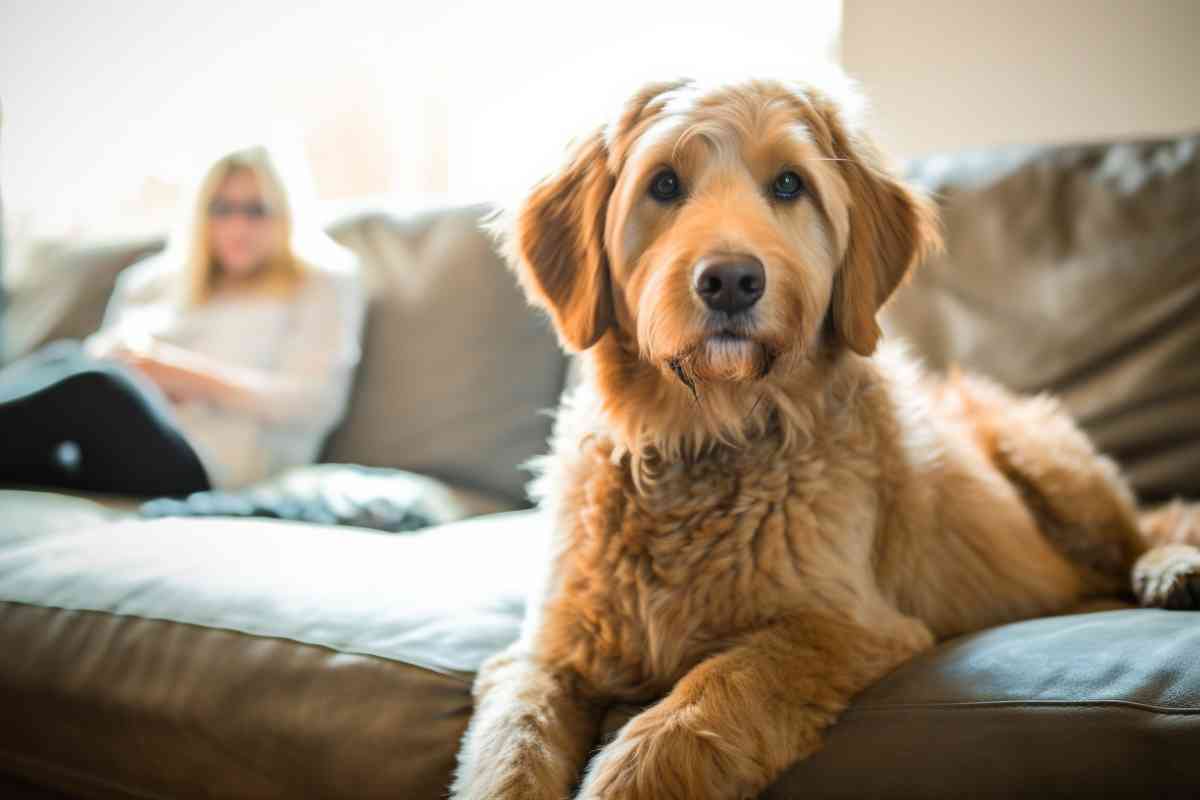
What are the Types of Doodles?
Doodles are made by crossing a Poodle with another breed. The Poodle’s non-shedding coat, intelligence, and varying sizes (standard, miniature, and toy) make it a popular choice for creating these hybrids.
Some of the most popular doodles include the Labradoodle (Labrador Retriever x Poodle) and the Goldendoodle (Golden Retriever x Poodle). Each type of doodle brings its unique blend of characteristics from its parent breeds, offering a wide range of appearances, temperaments, and sizes to potential dog owners.
Every dog on this list is the result of crossing a Poodle with another breed, so its worth taking some time to learn about Poodles before you consider a Doodle.
Check out some other cool Poodle mixes here.
The History of Doodle Breeding
The practice of breeding different breeds with Poodles to create “doodles” has a relatively recent history, but it’s rooted in a desire to combine the best traits of two breeds. Let’s delve into the history and reasons behind this popular trend.
Origins of Doodle Breeding
The concept of crossbreeding with Poodles gained significant attention in the late 20th century, although instances of such crosses likely occurred unintentionally before then. The term “doodle” became popularized with the creation of the Labradoodle, one of the first and most famous Poodle mixes.
The Labradoodle was first intentionally bred in the 1980s in Australia. Wally Conron, a breeder for the Royal Guide Dog Association of Australia, aimed to produce a guide dog suitable for people with allergies. He hoped to combine the Labrador Retriever’s excellent temperament and trainability as a guide dog with the Poodle’s hypoallergenic coat.
The success of the Labradoodle sparked interest in other Poodle mixes, leading to the creation of numerous other “doodle” breeds, such as the Goldendoodle, Cockapoo, and Schnoodle, to name a few.
Why Breed with Poodles?
There are several compelling reasons breeders chose to cross other breeds with Poodles:
- Non-shedding Coat: One of the primary reasons for breeding with Poodles is their unique coat. Poodles have a curly, hair-like coat that sheds minimally and is often touted as hypoallergenic. By introducing this trait into other breeds, breeders aimed to create dogs more suitable for allergy sufferers.
- Intelligence: Poodles are renowned for their intelligence, ranking among the smartest dog breeds. By crossbreeding with Poodles, breeders hoped to produce offspring that inherited this intelligence, making them easier to train and more adaptable.
- Temperament: Poodles are known for their friendly and sociable nature. Combining this with the temperament of other beloved breeds often results in a dog that’s both affectionate and well-mannered.
- Variability in Size: Poodles come in three sizes: standard, miniature, and toy. This size range provides breeders with flexibility in determining the size of the doodle offspring, catering to various preferences and living situations.
Types of Doodles
1. Labradoodle
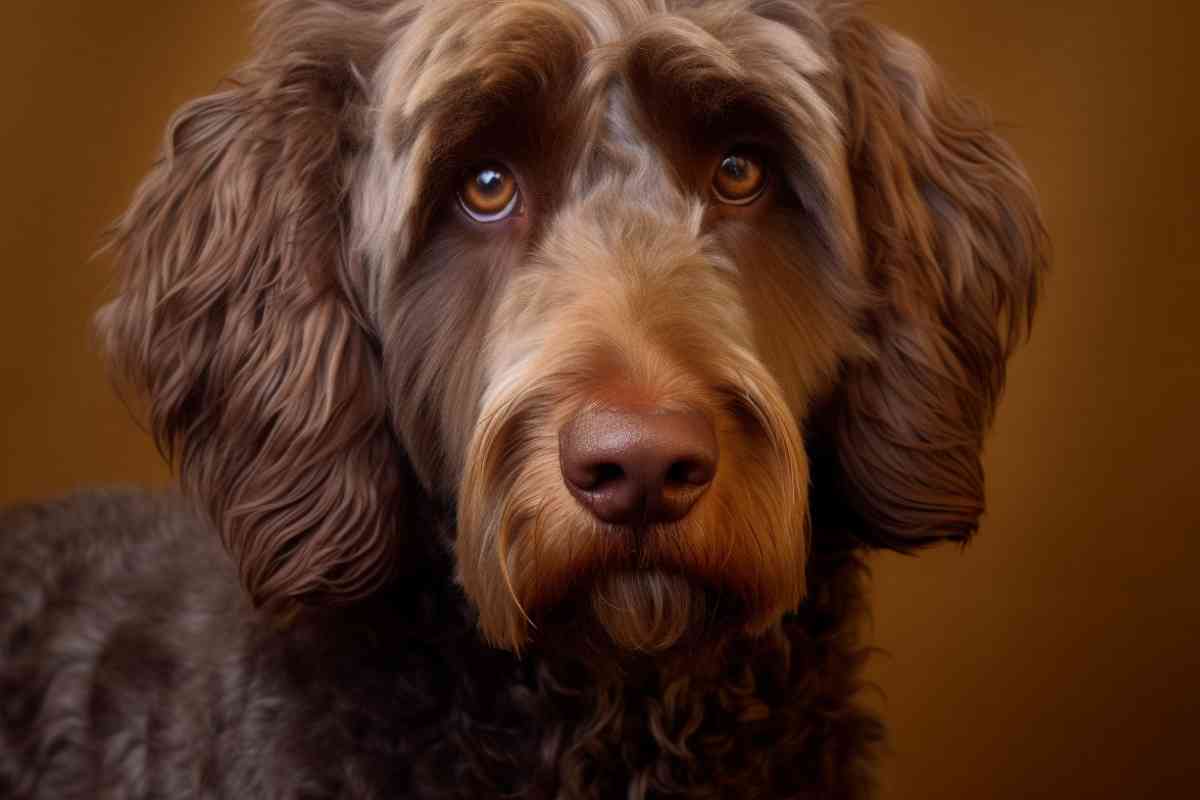
Bred from: Labrador Retriever and Poodle
Characteristics:
- Size: Medium to large, typically ranging from 50 to 65 pounds.
- Temperament: Friendly, intelligent, and energetic. Labradoodles are sociable and excellent companions for families.
- Health: Generally healthy, but can be prone to hip dysplasia, eye disorders, and certain genetic conditions.
- Description: A well-proportioned dog with a strong build, often inheriting the Poodle’s curly coat and the Labrador’s athletic appearance.
2. Goldendoodle
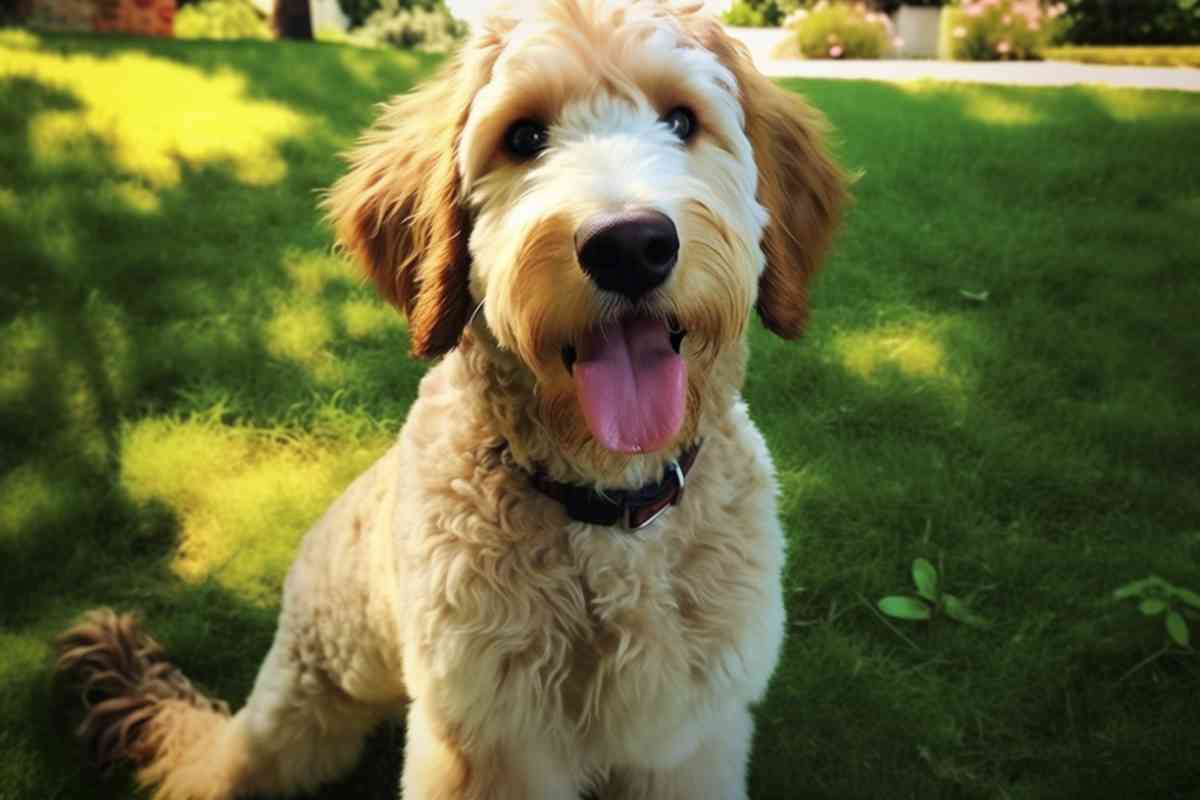
Bred from: Golden Retriever and Poodle
Characteristics:
- Size: Medium to large, often between 50 to 90 pounds.
- Temperament: Affectionate, gentle, and social. Goldendoodles are patient and often used as therapy dogs.
- Health: Susceptible to joint issues, certain heart conditions, and allergies.
- Description: A graceful dog with a wavy to curly coat, often having the Golden Retriever’s luscious golden hue.
3. Cockapoo
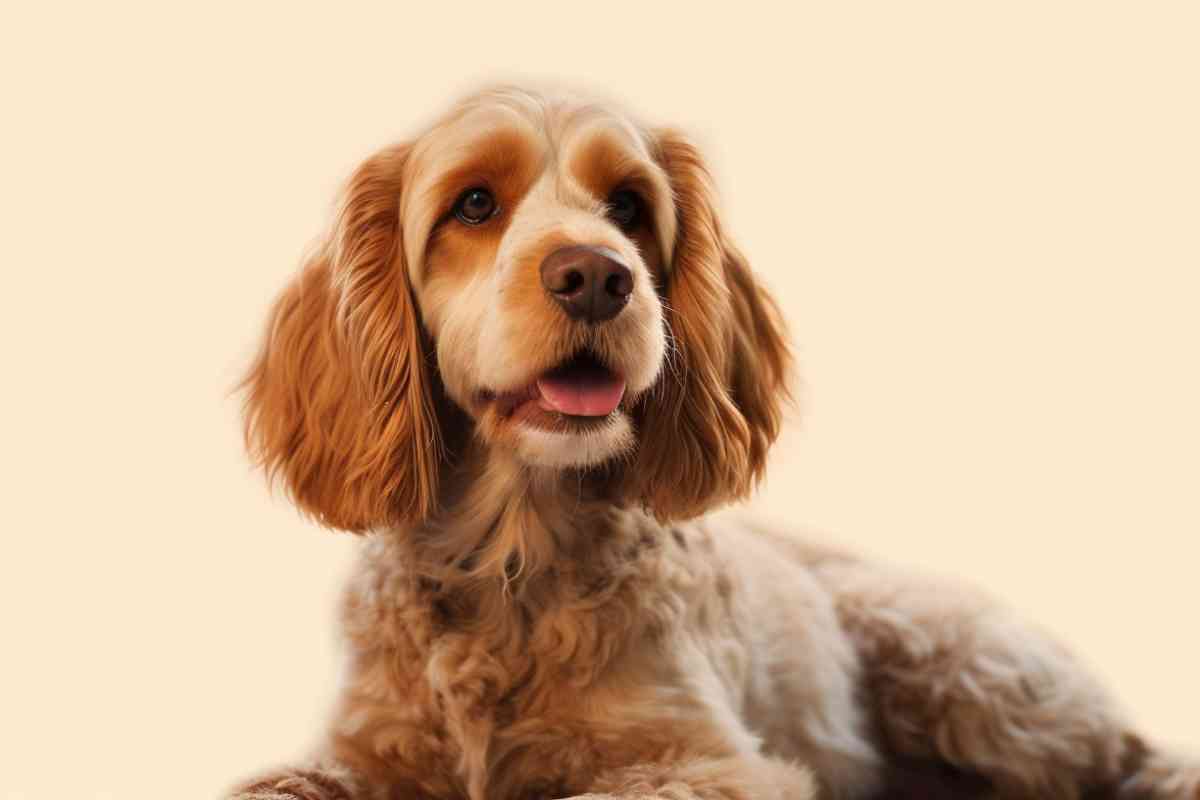
Bred from: Cocker Spaniel and Poodle
Characteristics:
- Size: Small to medium, generally 12 to 24 pounds.
- Temperament: Playful, loving, and eager to be part of family activities.
- Health: Can be prone to ear infections, liver disease, and kidney problems.
- Description: A compact dog with a joyful expression, often showcasing a blend of the Cocker Spaniel’s silky coat and the Poodle’s curls.
4. Schnoodle
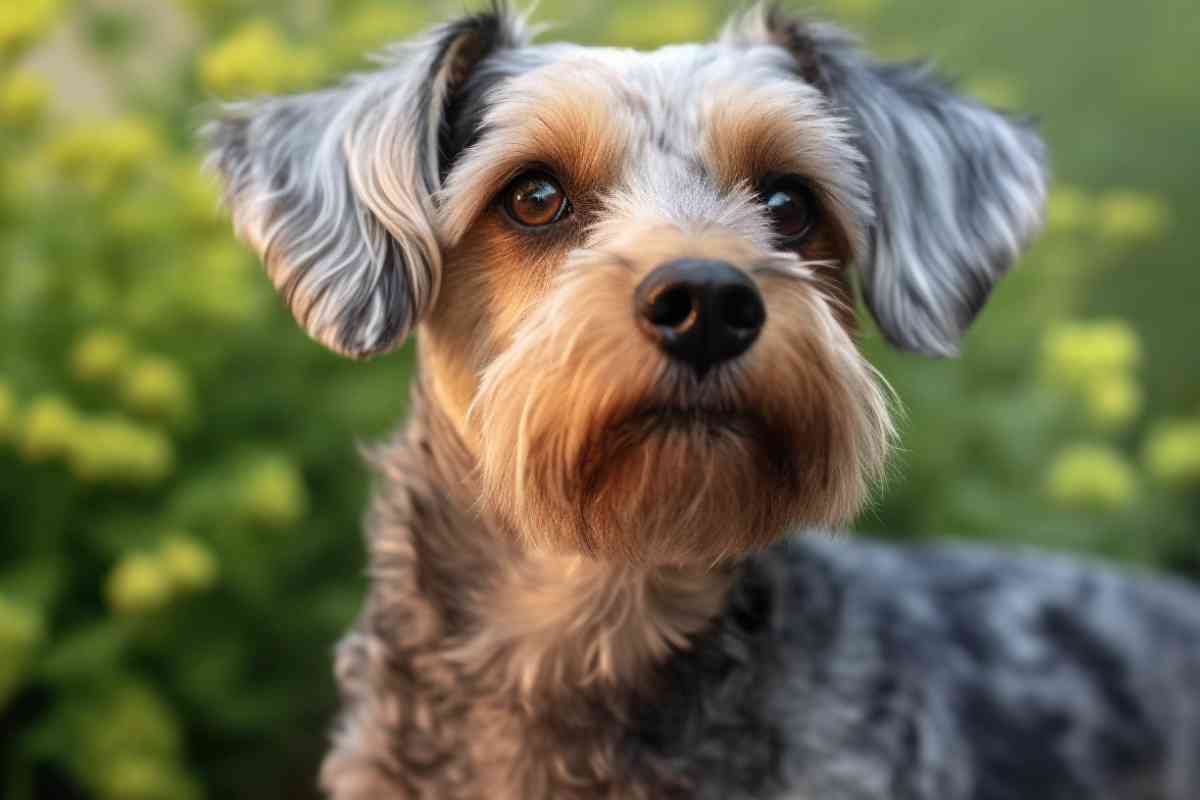
Bred from: Schnauzer and Poodle
Characteristics:
- Size: Varies widely based on the Schnauzer size, from 10 to 75 pounds.
- Temperament: Intelligent, active, and sometimes independent. Schnoodles are alert and make good watchdogs.
- Health: May face issues like hip dysplasia, eye problems, and certain skin conditions.
- Description: A robust dog with a distinctive beard and eyebrows, often inheriting the Schnauzer’s strong features and the Poodle’s curly coat.
5. Bernedoodle
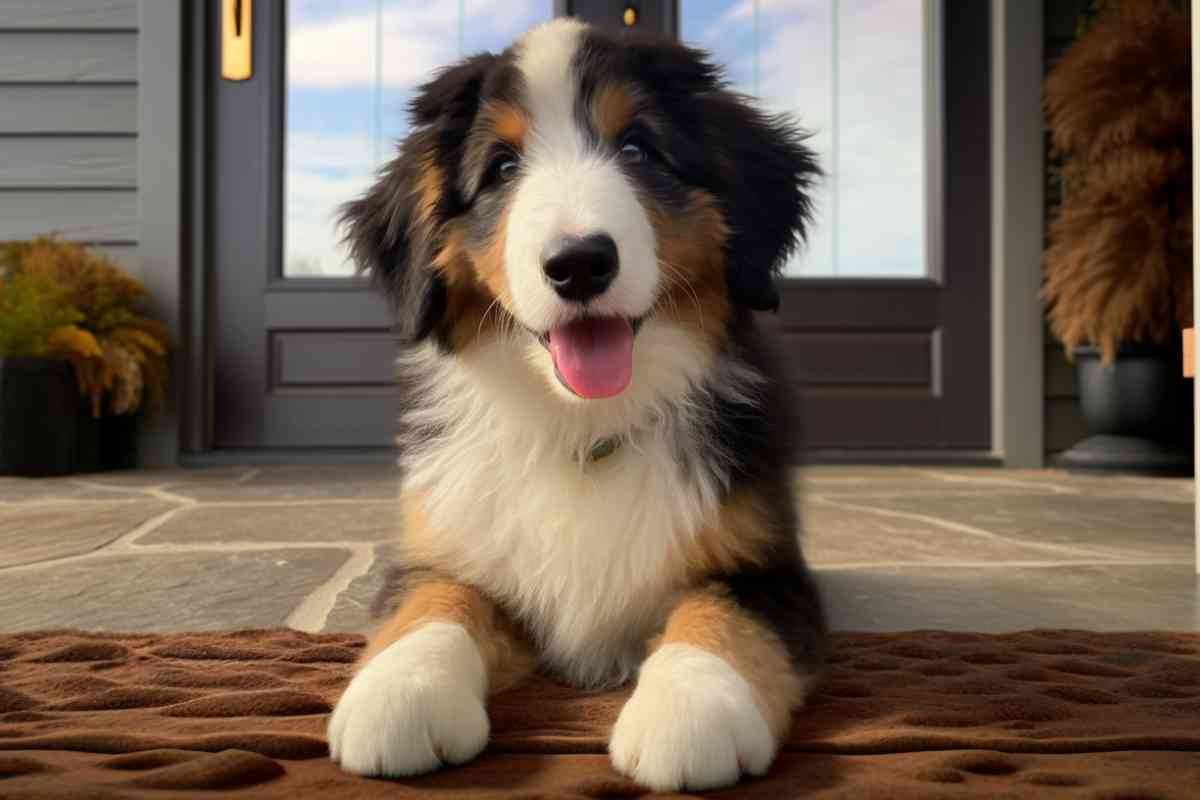
Bred from: Bernese Mountain Dog and Poodle
Characteristics:
- Size: Medium to large, often 50 to 90 pounds.
- Temperament: Loyal, clever, and gentle. Bernedoodles are calm and great companions for families.
- Health: Can be prone to hip and elbow dysplasia, skin issues, and certain hereditary diseases.
- Description: A sturdy and well-muscled dog, often showcasing the Bernese’s tri-color coat pattern combined with the Poodle’s curls.
6. Cavapoo
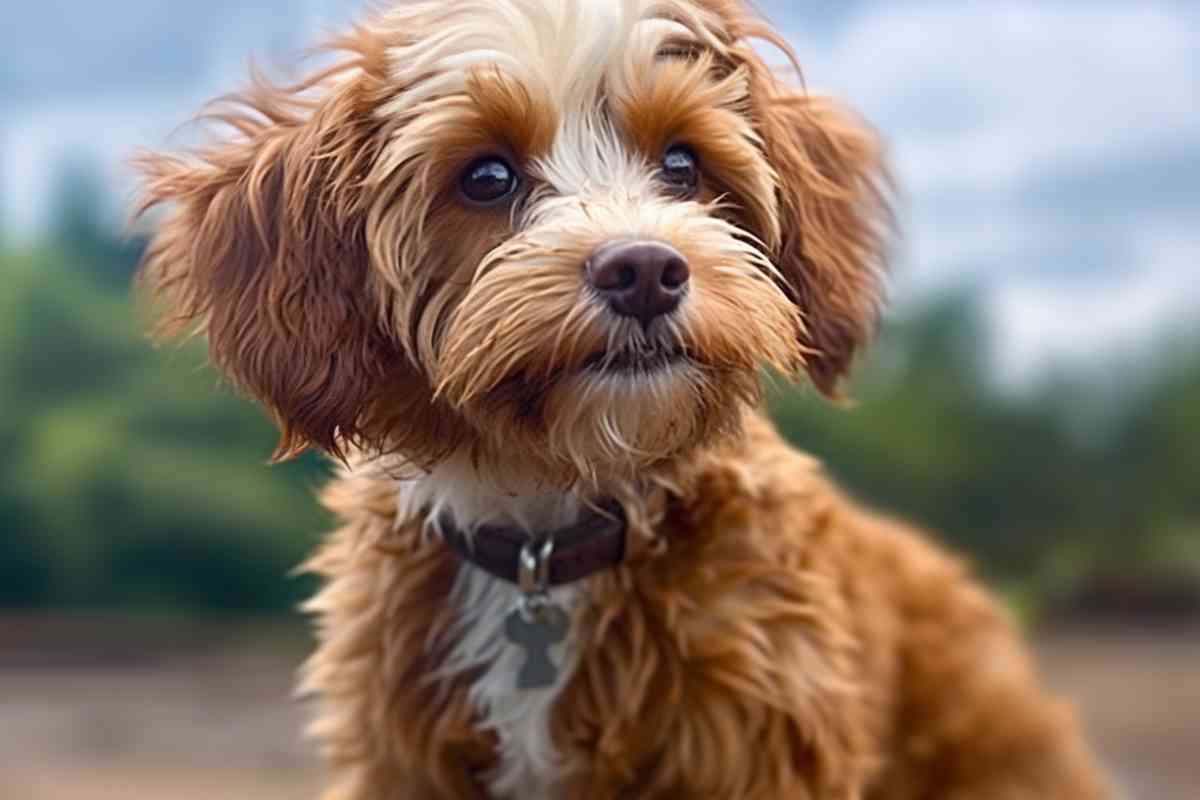
Bred from: Cavalier King Charles Spaniel and Poodle
Characteristics:
- Size: Small, typically 9 to 25 pounds.
- Temperament: Gentle, affectionate, and often described as having a “merry” disposition.
- Health: Susceptible to heart conditions, ear infections, and syringomyelia.
- Description: A charming and elegant dog with a soft expression, often inheriting the Cavalier’s rich coat colors and the Poodle’s wavy texture.
7. Maltipoo
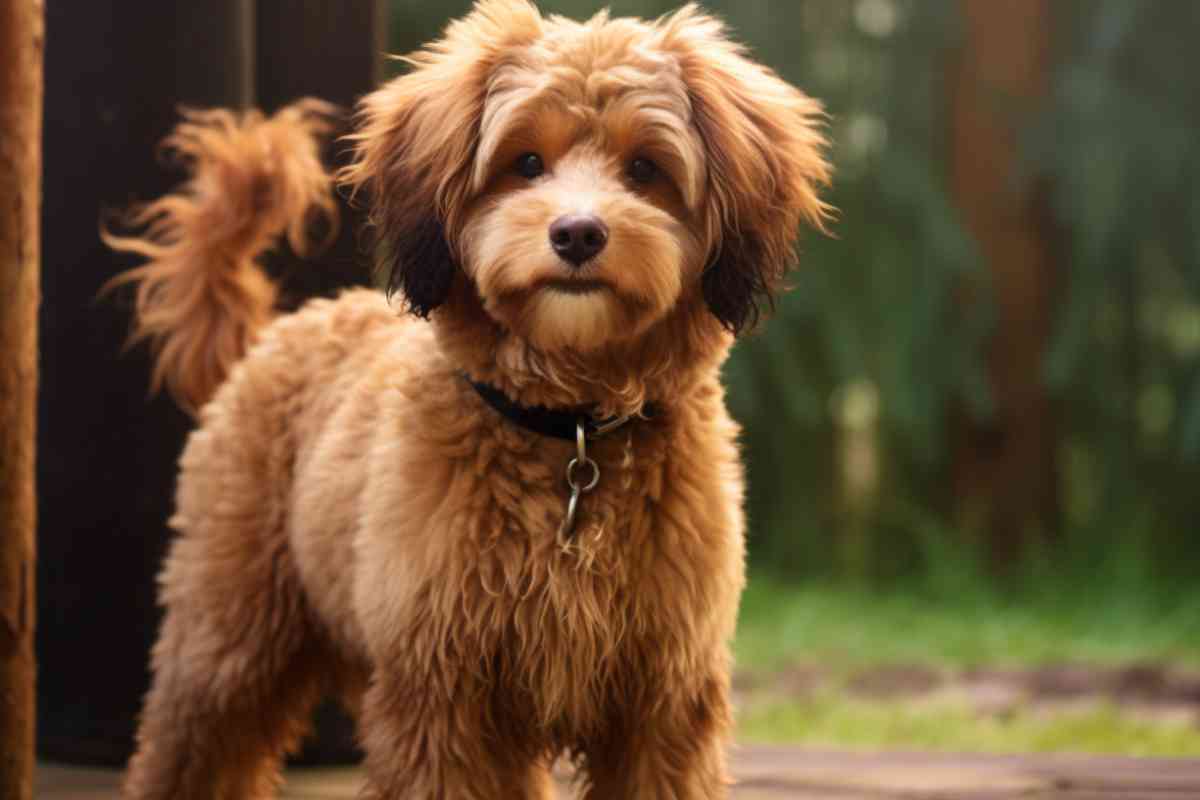
Bred from: Maltese and Poodle
Characteristics:
- Size: Small, usually 5 to 20 pounds.
- Temperament: Playful, affectionate, and spirited.
- Health: Can face issues like patellar luxation, epilepsy, and white shaker syndrome.
- Description: A petite dog with a fluffy appearance, often showcasing the Maltese’s white coat combined with the Poodle’s curly texture.
8. Aussiedoodle
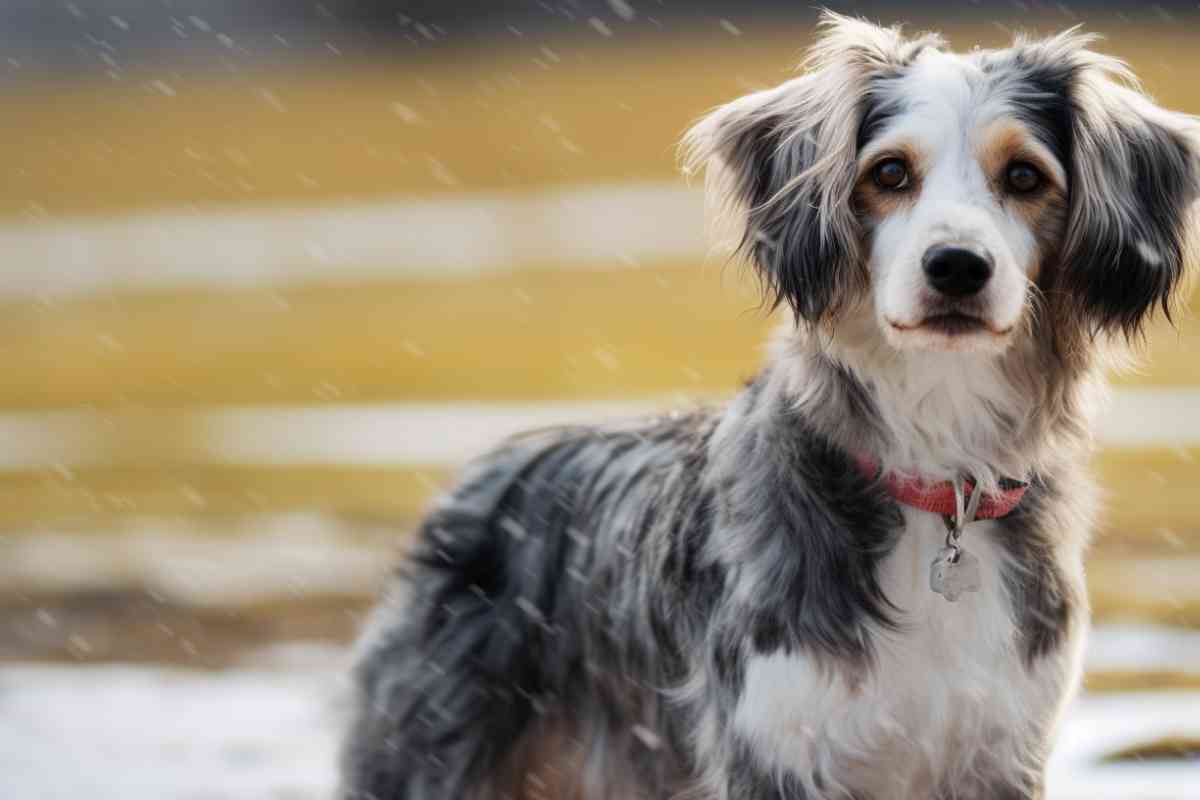
Bred from: Australian Shepherd and Poodle
Characteristics:
- Size: Medium to large, ranging from 40 to 70 pounds.
- Temperament: Energetic, intelligent, and known for their herding instincts.
- Health: May be prone to hip dysplasia, certain eye conditions, and epilepsy.
- Description: A lively dog with striking coat colors, often inheriting the Australian Shepherd’s merle pattern and the Poodle’s curls.
9. Chi-Poo
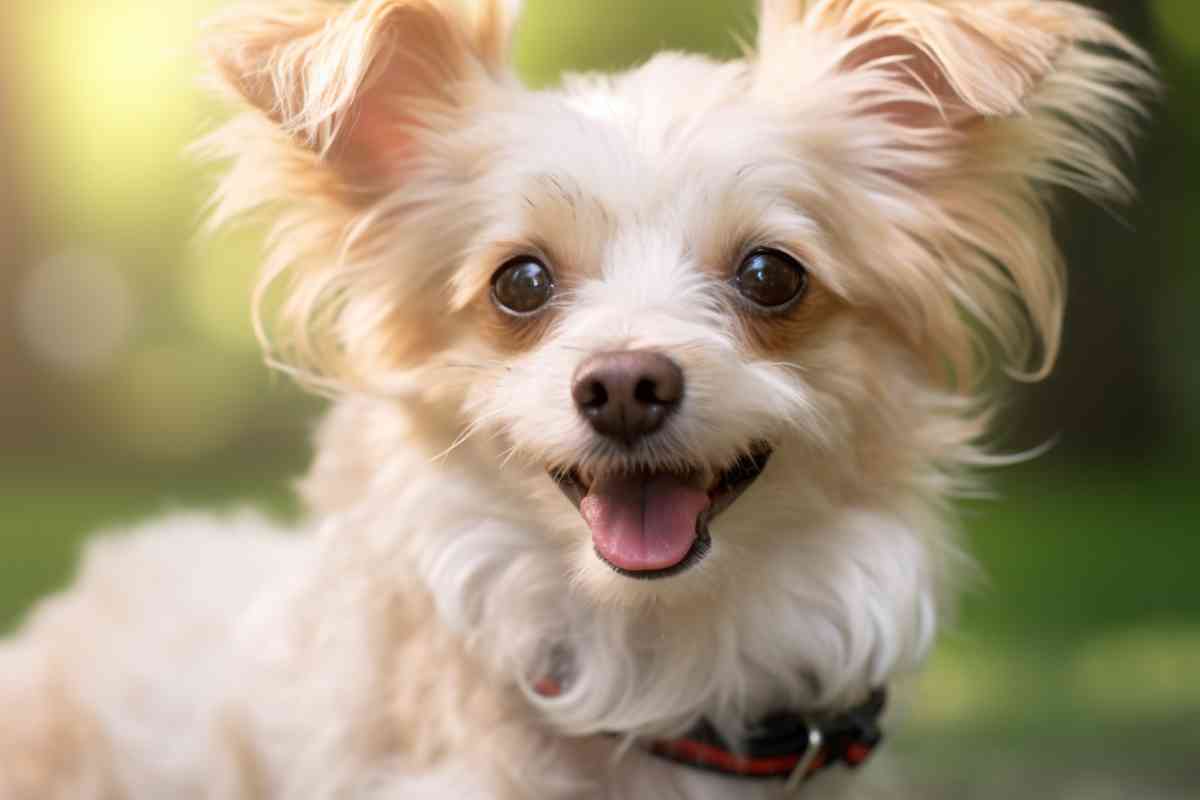
Bred from: Chihuahua and Poodle
Characteristics:
- Size: Small, typically 5 to 12 pounds.
- Temperament: Lively, confident, and known for their big personalities in small bodies.
- Health: Prone to dental issues, patellar luxation, and certain genetic conditions.
- Description: A tiny dog with a bold attitude, often showcasing the Chihuahua’s sleek appearance combined with the Poodle’s curly coat.
10. Shihpoo
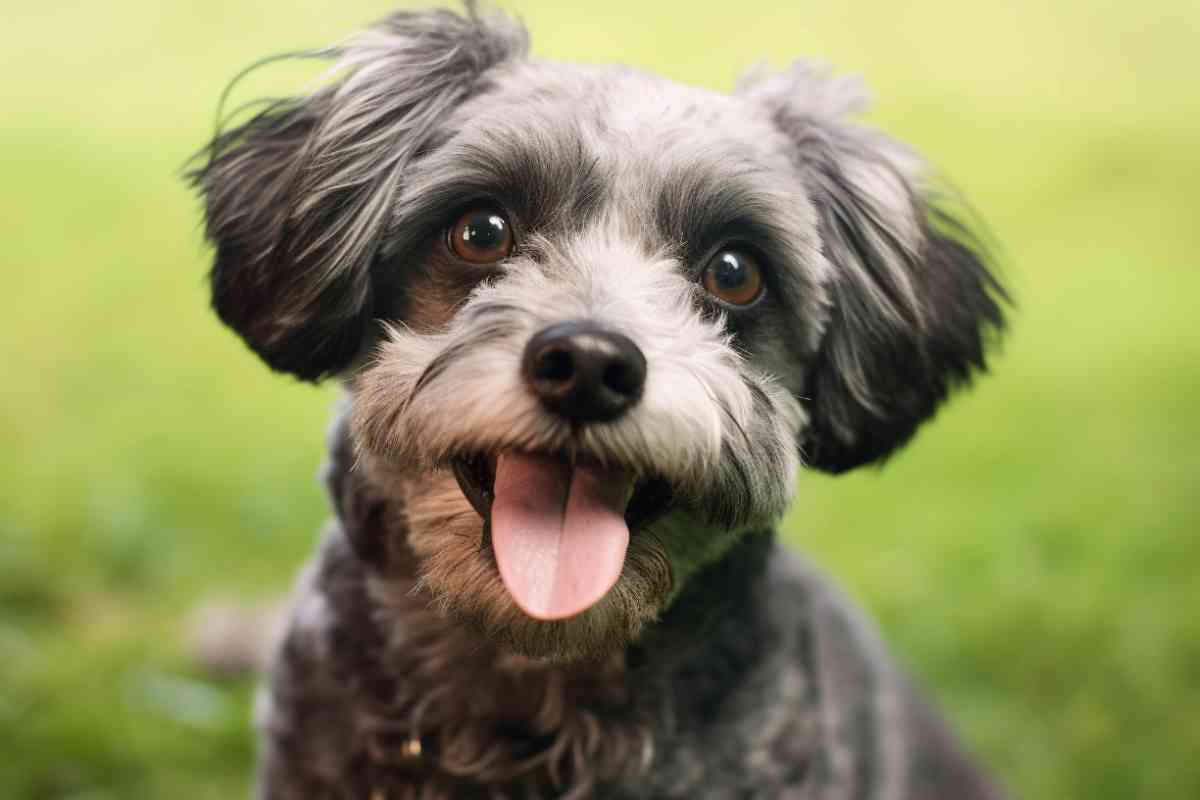
Bred from: Shih Tzu and Poodle
Characteristics:
- Size: Small, generally 8 to 18 pounds.
- Temperament: Playful, affectionate, and cheerful.
- Health: Prone to dental issues, respiratory problems, and certain genetic conditions.
- Description: A small dog with a distinctive pushed-in nose, often showcasing the Shih Tzu’s luxurious coat combined with the Poodle’s curls.
11. Irish Doodle
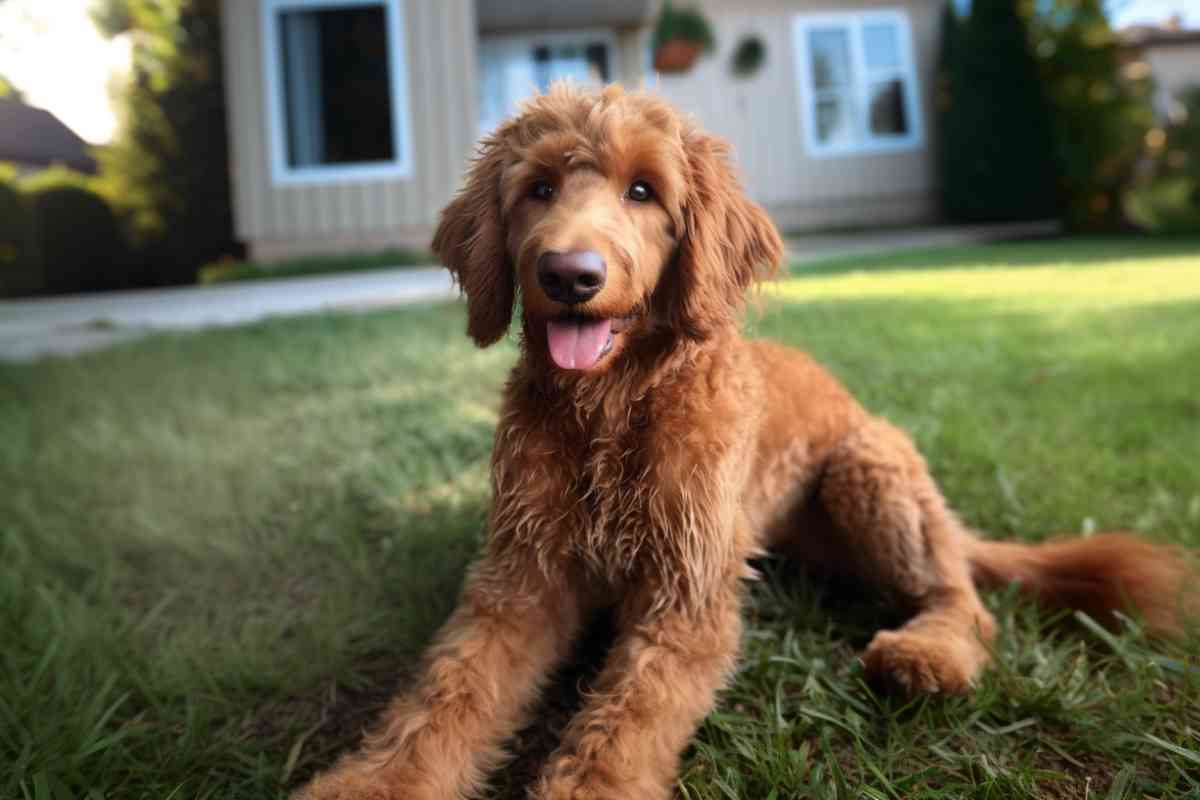
Bred from: Irish Setter and Poodle
Characteristics:
- Size: Medium to large, often 40 to 70 pounds.
- Temperament: Energetic, friendly, and enthusiastic.
- Health: Can be susceptible to hip dysplasia, certain eye conditions, and epilepsy.
- Description: A statuesque dog with a rich red coat, often showcasing the Irish Setter’s glossy appearance combined with the Poodle’s wavy texture.
12. Newfypoo
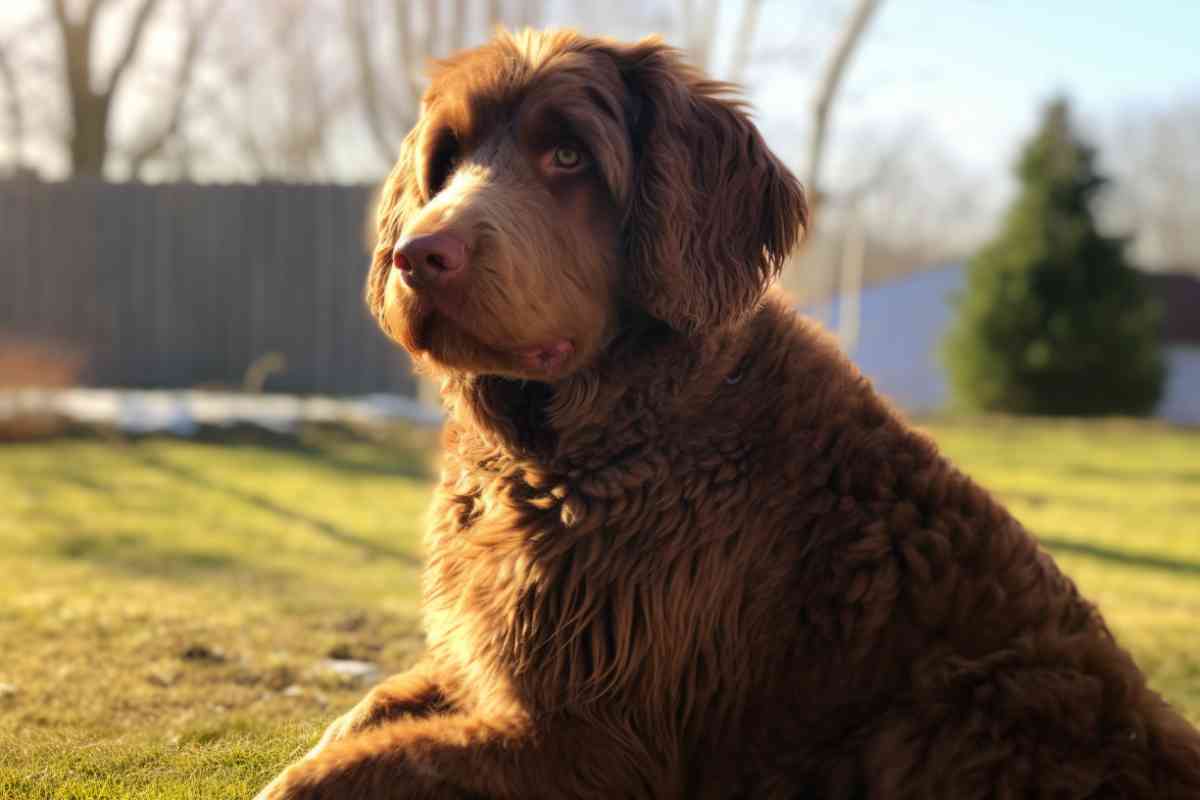
Bred from: Newfoundland and Poodle
Characteristics:
- Size: Large to giant, ranging from 70 to 150 pounds.
- Temperament: Gentle, patient, and calm.
- Health: Prone to joint issues, heart conditions, and certain hereditary diseases.
- Description: A massive dog with a gentle demeanor, often showcasing the Newfoundland’s dense coat combined with the Poodle’s curls.
13. Pekapoo
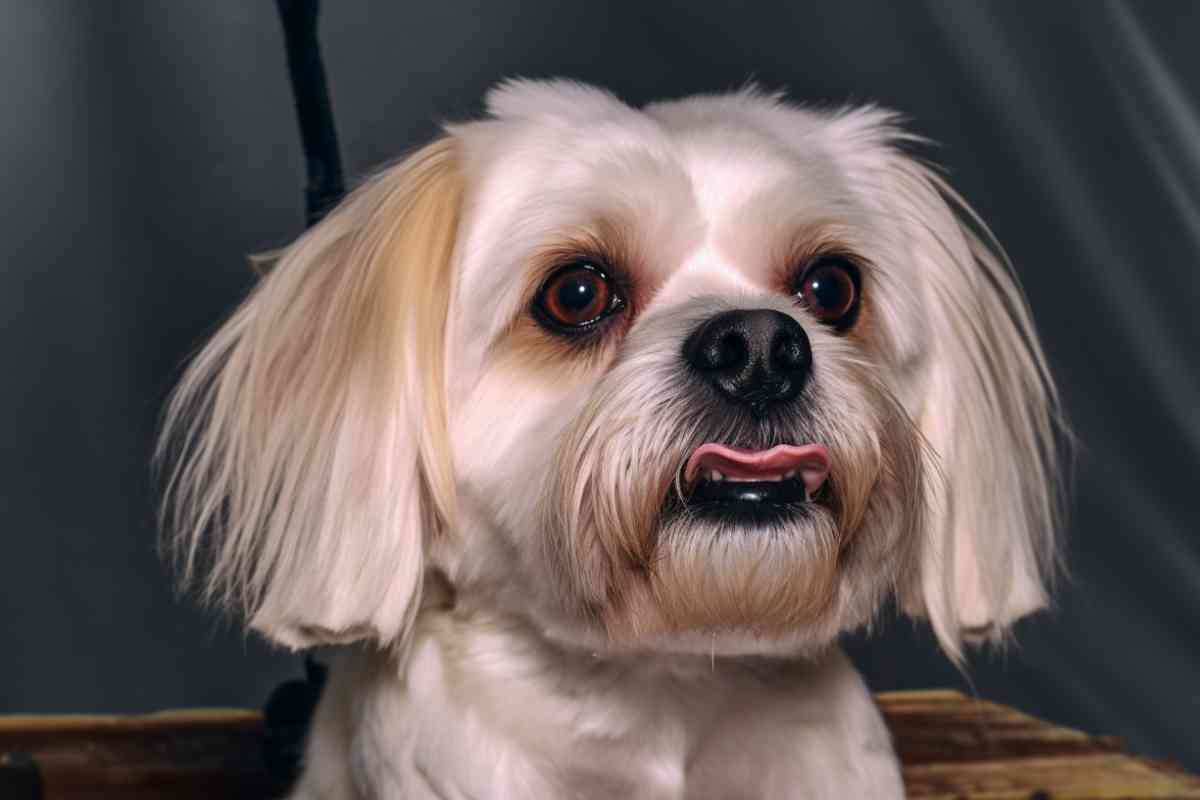
Bred from: Pekingese and Poodle
Characteristics:
- Size: Small, typically 10 to 20 pounds.
- Temperament: Affectionate, loyal, and independent.
- Health: Susceptible to respiratory issues, eye problems, and certain skin conditions.
- Description: A compact dog with a lion-like mane, often showcasing the Pekingese’s long coat combined with the Poodle’s wavy texture.
14. Bichpoo (or Poochon)
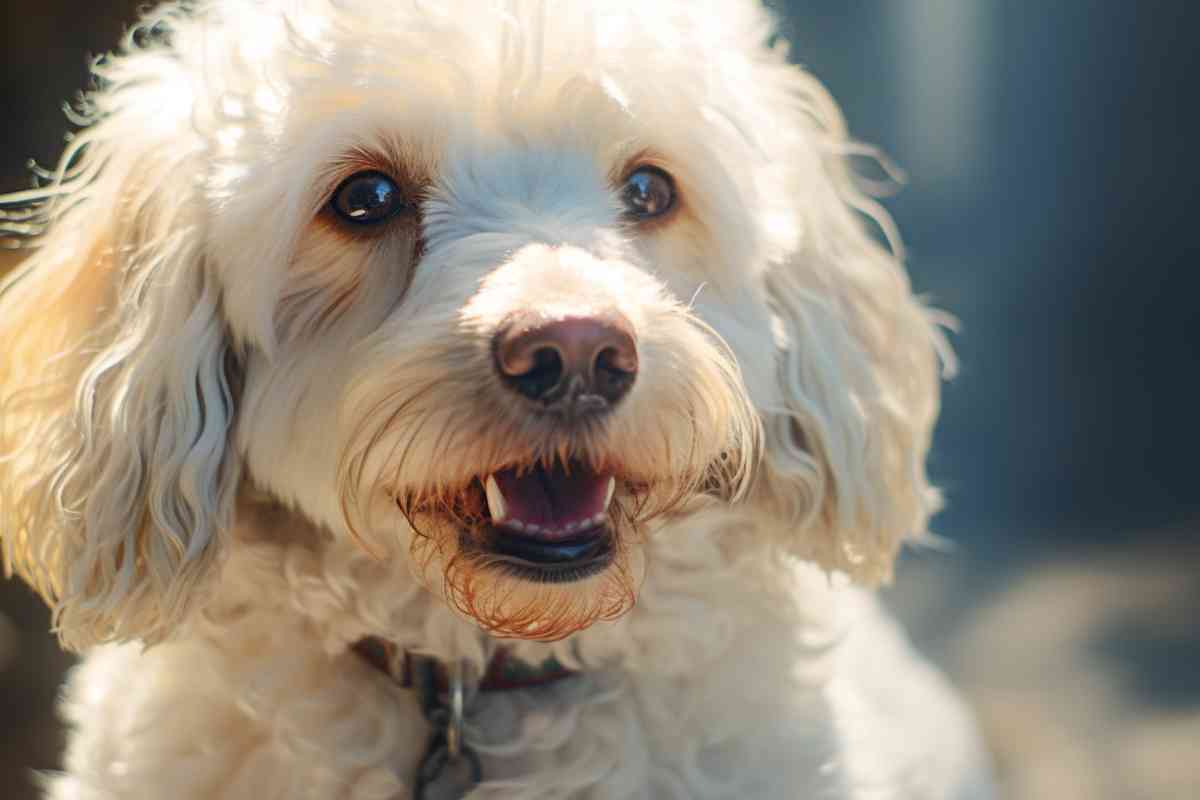
Bred from: Bichon Frise and Poodle
Characteristics:
- Size: Small, generally 6 to 18 pounds.
- Temperament: Playful, affectionate, and cheerful.
- Health: Can face issues like hip dysplasia, allergies, and certain genetic conditions.
- Description: A fluffy and curly-coated dog, often showcasing the Bichon’s white coat combined with the Poodle’s curls.
15. Yorkipoo
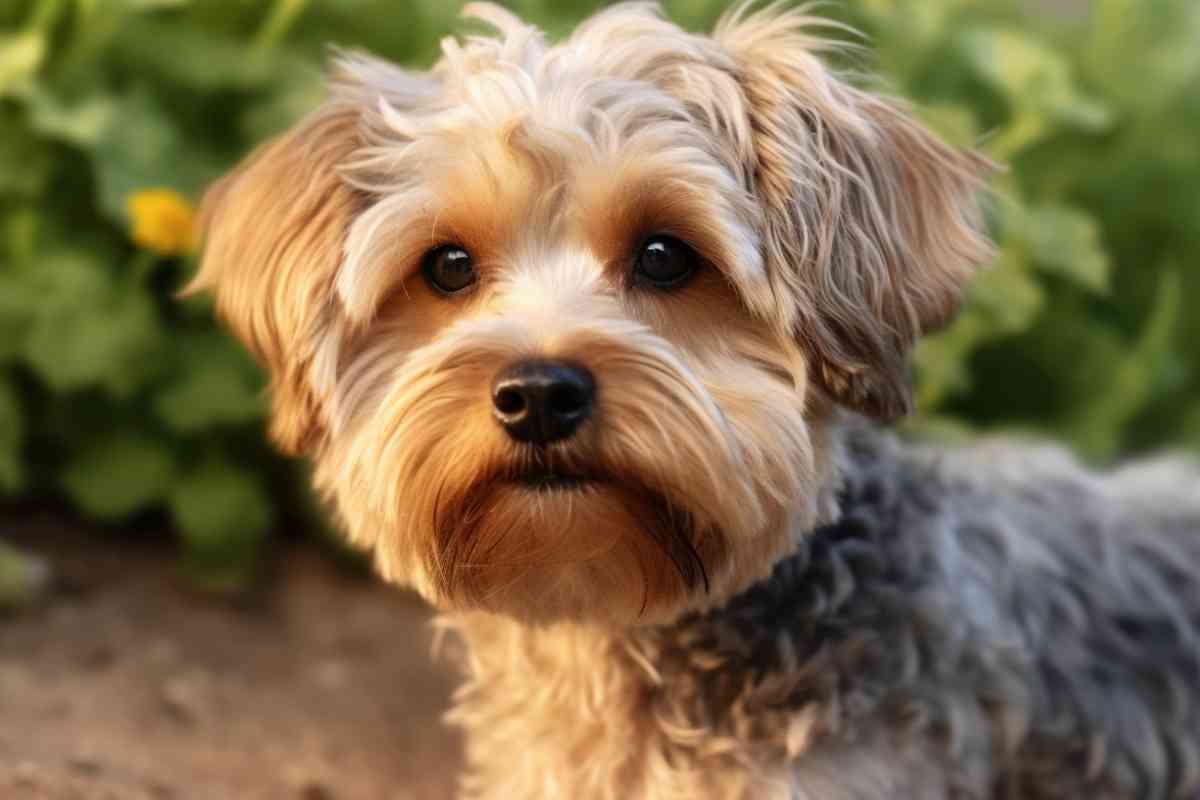
Bred from: Yorkshire Terrier and Poodle
Characteristics:
- Size: Small, usually 4 to 15 pounds.
- Temperament: Energetic, affectionate, and bold.
- Health: Prone to dental issues, patellar luxation, and certain genetic conditions.
- Description: A petite dog with a silky coat, often showcasing the Yorkshire Terrier’s blue and tan colors combined with the Poodle’s wavy texture.
Less Common Doodle Breeds
Doodle dogs have taken the world by storm, with some doodle dog breeds becoming household names. While the most popular doodle breeds, like the Labradoodle and Goldendoodle, are well-known, there are several less common doodle mix breeds.
Let’s delve into some of these lesser-known breeds and understand their appeal and the reasons they might not be as widespread.
Boxerdoodles
A mix between the Boxer and the Poodle, boxerdoodles combine the playful nature of the Boxer with the intelligence of the Poodle. Their high-energy dog nature makes them great companions for an active lifestyle.
However, the Boxer’s strong-willed nature combined with the Poodle’s intelligence can sometimes result in a stubborn streak, which might be challenging for first-time dog owners, and this combination doesn’t produce a particularly good loooking dog.
Pyredoodles
The majestic Great Pyrenees and the Poodle come together to form the pyredoodle. This breed benefits from the protective nature of the Great Pyrenees, making them excellent watchdogs.
However, the size of the Great Pyrenees and the grooming needs of the Poodle can make the pyredoodle a handful, especially for those living in smaller spaces.
Bordoodles
Bordoodles, a mix between the Border Collie and the Poodle, are incredibly intelligent, inheriting the smarts from both parent breeds. Ideal for those with an active lifestyle, they thrive in environments where they can be mentally and physically stimulated.
The challenge? Border Collies are known for their intense herding instincts, which, when combined with the Poodle’s energy, can be overwhelming for some families. Combining the two smartest dogs just produces a bit too much dog for most families.
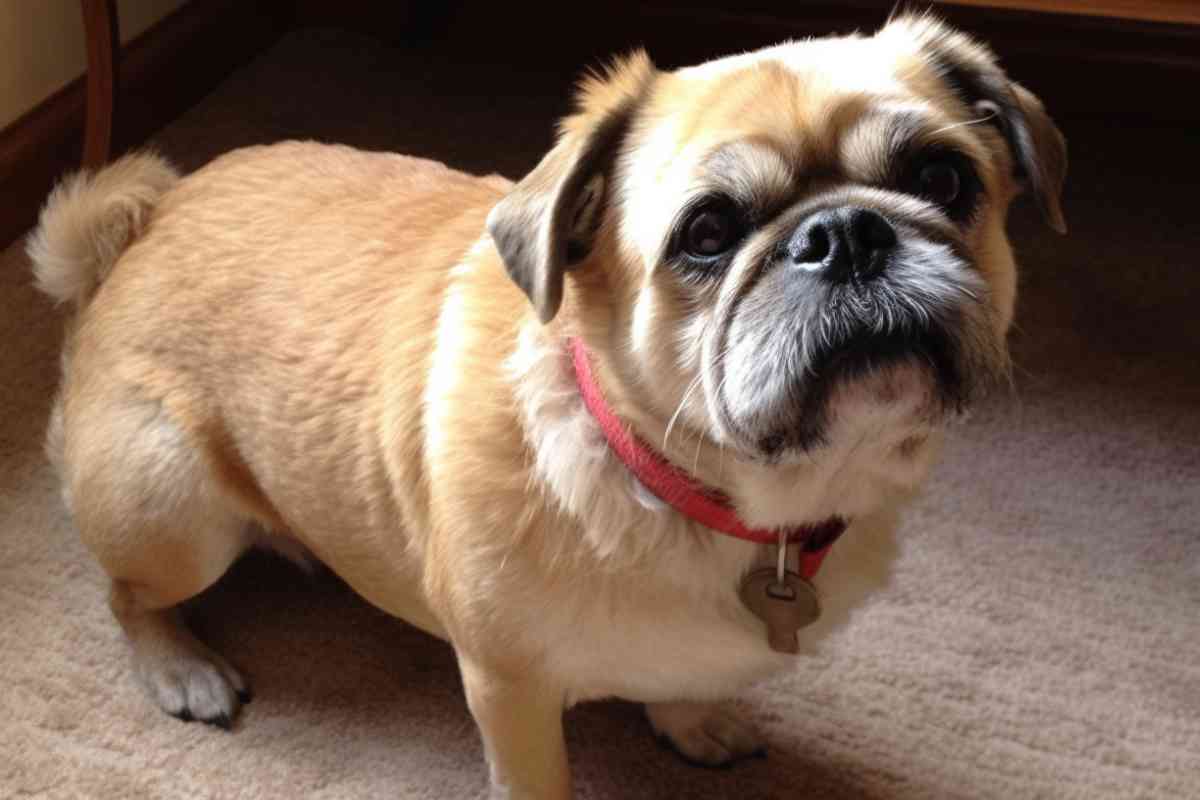
Pugapoos
Pugapoos, a delightful blend of pugs and Poodles, offer the charming wrinkles of the pug with the curly coat of the Poodle. They make excellent lap dogs and are generally great family pets. They’re funny looking for sure!
However, pugs have some inherent health issues, especially related to their respiratory system. When breeding with Poodles, there’s a chance some of these health concerns might be passed on, making potential owners wary.
Saint Berdoodles
A mix of the gentle Saint Bernard and the Poodle results in the saint berdoodle. These dogs inherit the calm and protective nature of the Saint Bernard, making them excellent family companions.
The downside? Their sheer size and the potential for drooling, a trait common in Saint Bernards, might deter some potential owners.
Understanding Doodle Generations
When it comes to doodle breeds, understanding the various generations can be a bit complex, but it’s essential for potential dog owners who have specific needs or desires in a pet. Let’s break down the common terminologies:
F1 Generation
- This is the first generation, resulting from the breeding of a purebred Poodle with another purebred breed.
- F1 doodles are typically 50% Poodle and 50% of the other breed. They often have a more predictable set of characteristics since they come directly from two purebred parents.
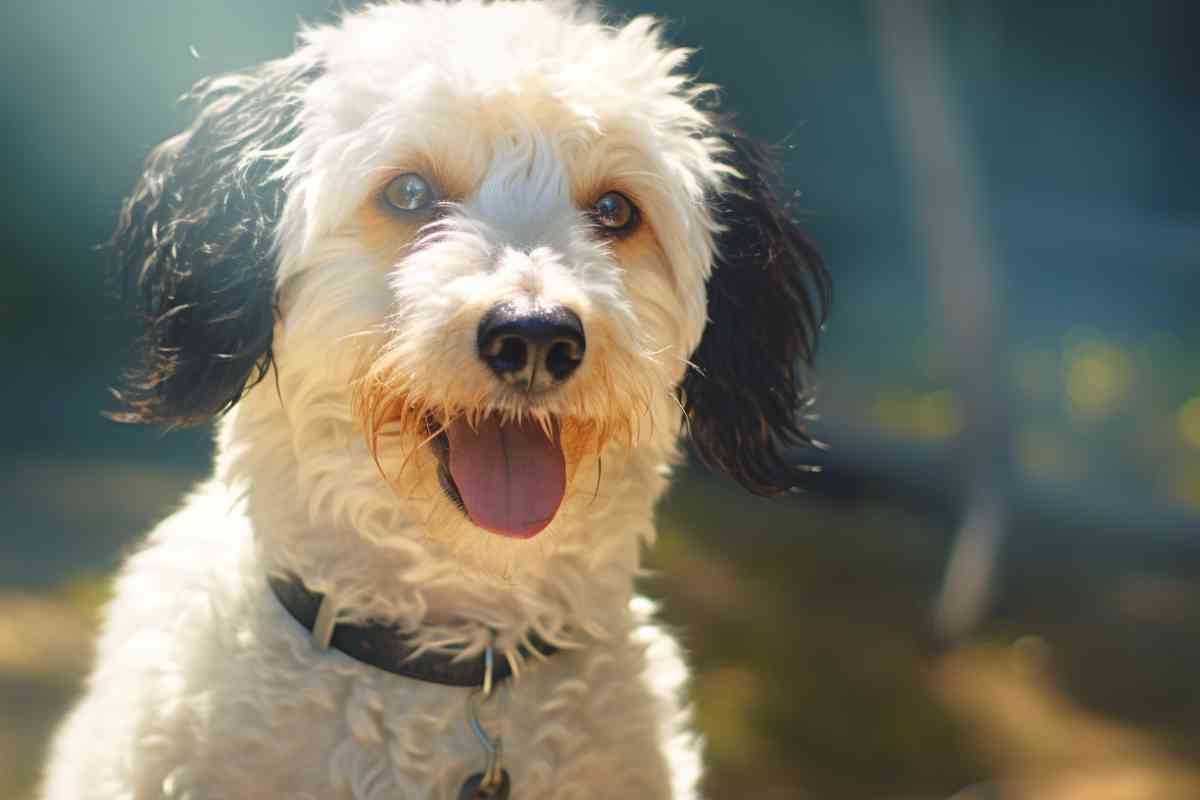
F1B Generation
- This generation results from breeding an F1 doodle back with a purebred Poodle.
- F1B doodles are 75% Poodle and 25% of the other breed. This generation is often sought after for its increased likelihood of having hypoallergenic and non-shedding traits, thanks to the higher Poodle content.
F2 Generation
- This generation comes from breeding two F1 doodles together.
- F2 doodles are still 50% Poodle and 50% of the other breed, but their traits can be less predictable than F1 doodles due to the mixing of genes from the grandparent generation.
F2B Generation
- This results from breeding an F1 doodle with an F1B doodle.
- F2B doodles are 62.5% Poodle and 37.5% of the other breed. They often retain a good amount of the Poodle’s hypoallergenic traits while introducing a bit more variability in appearance and temperament.
F3 Generation and Beyond
- These generations result from breeding two F2 doodles or later generations together.
- As you move further down the generational line, the characteristics become less predictable. This is because the gene pool is mixed with each subsequent generation, leading to a wider range of potential traits.
Mixing Different Doodle Breeds
It’s not uncommon for different types of doodles to be bred together. A popular example is the mix between a Bernedoodle and a Goldendoodle.
Such combinations aim to blend the best traits of both breeds, but they also introduce even more variability in terms of appearance, temperament, and health.
Popularity and Generations
More common doodles, like Goldendoodles, often have multiple generations available due to their popularity. Breeders have been working with these breeds for longer, leading to a wider range of generational options for potential owners.
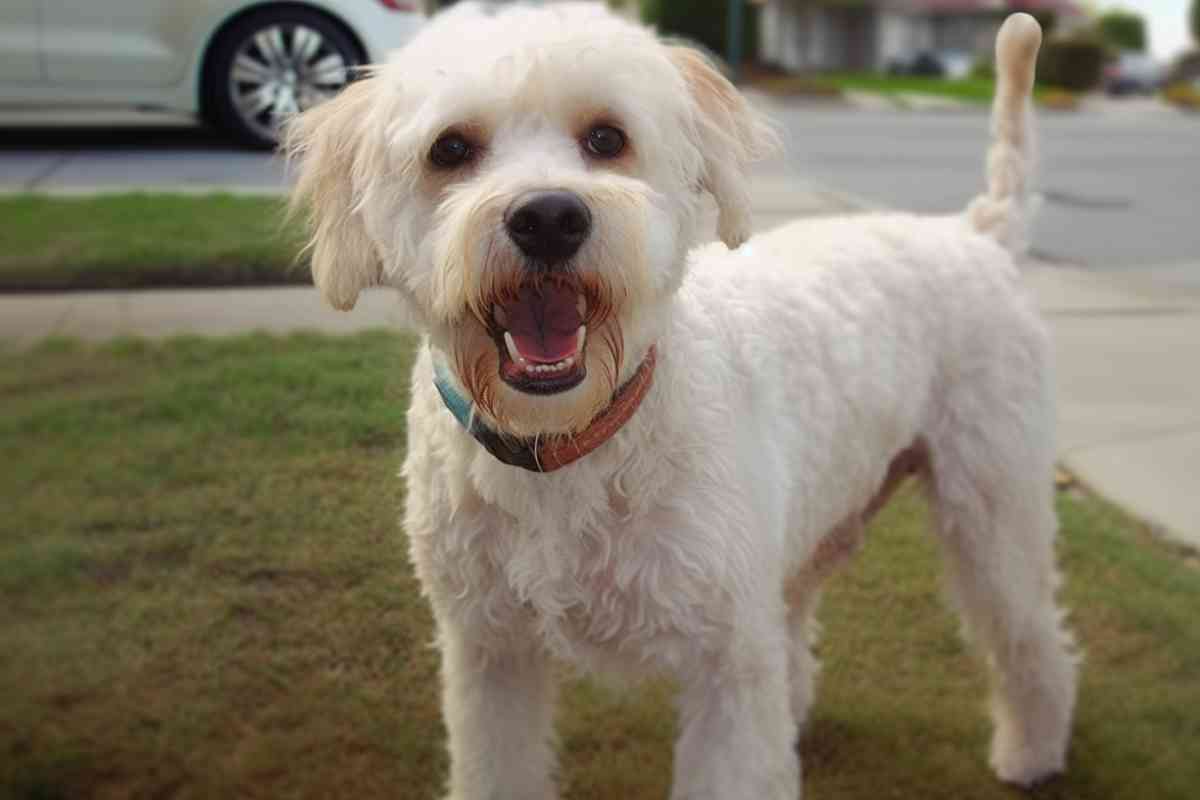
Are Doodles Healthier?
Hybrid vigor, also known as heterosis, refers to the phenomenon where hybrid offspring exhibit superior qualities compared to their parents.
This concept is rooted in genetics and has been observed in various species, including plants and animals. When it comes to doodles, hybrid vigor plays a significant role, especially in the health and vitality of these mixed breeds.
How Does Hybrid Vigor Work?
When two unrelated breeds are crossed, the genetic diversity increases in the offspring. This increased diversity can lead to the reduction or elimination of certain inherited health issues that might be prevalent in the purebred parents.
Essentially, the mixing of genes can “cancel out” some of the recessive traits that lead to health problems.
Hybrid Vigor in First Generation Mixes
The effects of hybrid vigor are typically strongest in first-generation mixes, known as F1 doodles. This is because F1 doodles are the direct result of crossing two purebred dogs. The genetic diversity is at its peak in this generation, leading to the most pronounced benefits of hybrid vigor.
Many purebred dogs have breed-specific health issues. When two of these breeds are mixed, the resulting F1 offspring often have a lower risk of inheriting these breed-specific problems. This doesn’t mean they’re immune to health issues, but the risk is often reduced.
Implications for Doodle Owners
While hybrid vigor can offer many advantages, it’s essential for potential doodle owners to understand that it doesn’t guarantee a perfectly healthy dog. Other factors, such as diet, environment, exercise, and regular veterinary care, play crucial roles in a dog’s overall health and well-being.
Moreover, as doodles progress to later generations (F1B, F2, F2B, etc.), the effects of hybrid vigor can diminish. This is because the genetic diversity decreases with each subsequent generation, especially if there’s back-breeding with purebreds or if the gene pool becomes more restricted.
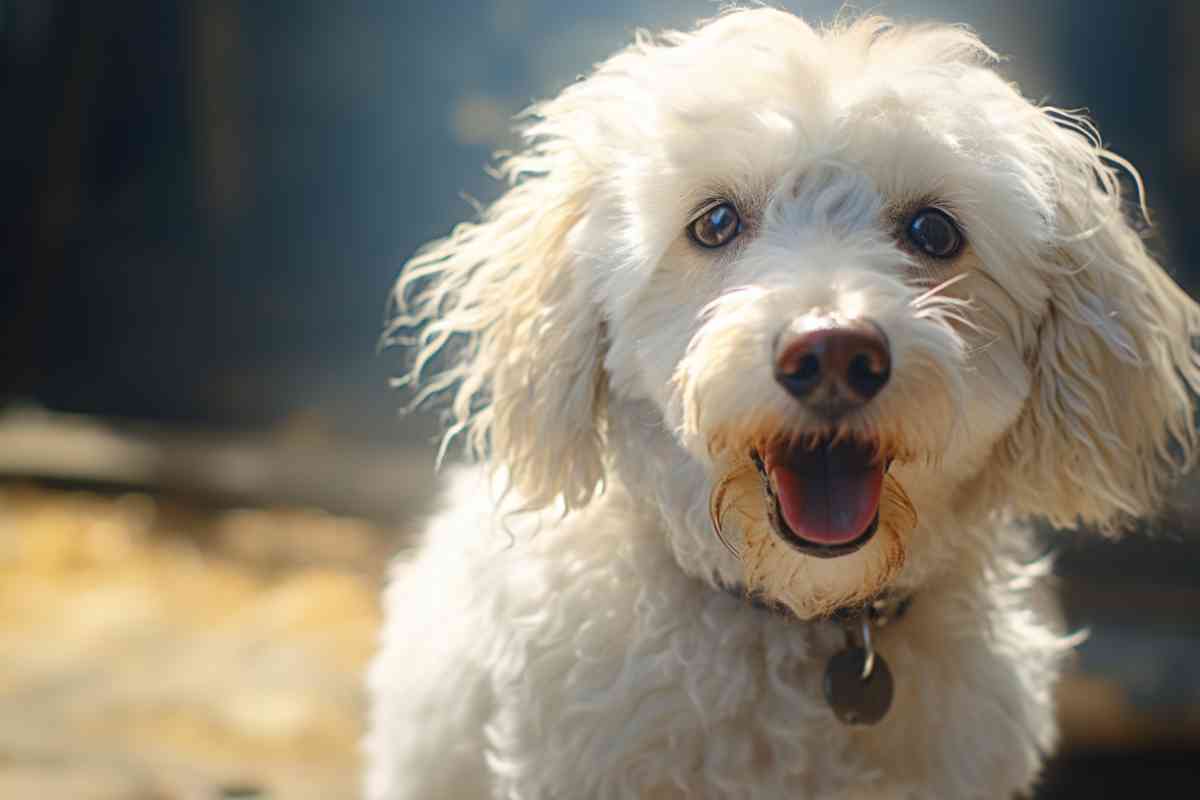
Do Doodles Shed?
When it comes to doodles, the coat type and shedding tendencies are among the most discussed topics. The coat’s characteristics largely depend on the breeds involved in the mix and the genes the puppies inherit.
Non-shedding Breeds Producing Non-shedding Offspring
When two non-shedding breeds are bred together, the resulting puppies will typically also be non-shedding. This is because both parent breeds pass on genes associated with minimal shedding.
Examples of such doodles include:
- Bichpoo (Bichon Frise x Poodle): Both Bichon Frises and Poodles have hair-like coats that shed minimally.
- Shihpoo (Shih Tzu x Poodle): Shih Tzus have a long, flowing coat that doesn’t shed much, similar to Poodles.
However, while these coats might be easier to maintain in terms of shedding, they can be more prone to matting. This is due to the mix of hair textures from two different breeds.
Even though both breeds might not shed much, the combination of their hair types can result in a coat that mats easily.
Poodles Mixed with Shedding Breeds
When a Poodle is bred with a breed known to shed, the coat characteristics of the resulting puppies can vary widely. Depending on the genes they inherit, some puppies might shed minimally like a Poodle, while others might shed more like the other parent breed.
Examples of such doodles include:
- Labradoodle (Labrador Retriever x Poodle): Labradors are known to shed, while Poodles are not. The resulting Labradoodle can have a range of coat types, from curly and non-shedding to straighter and more shedding.
- Goldendoodle (Golden Retriever x Poodle): Golden Retrievers have a double coat that sheds, whereas Poodles do not. Goldendoodles can inherit a variety of coat types based on the genes they receive.
These doodles are more prone to matting for a couple of reasons:
- Different Hair Textures: The combination of the Poodle’s curly, hair-like coat with the straighter, fur-like coat of shedding breeds can result in a mixed texture that’s more susceptible to tangles and mats.
- Shed Hair Getting Caught: As hair sheds from these mixed breeds, it can get caught in the curly parts of the coat. Instead of falling out as it would in a straight-coated breed, the shed hair remains trapped, leading to mats.
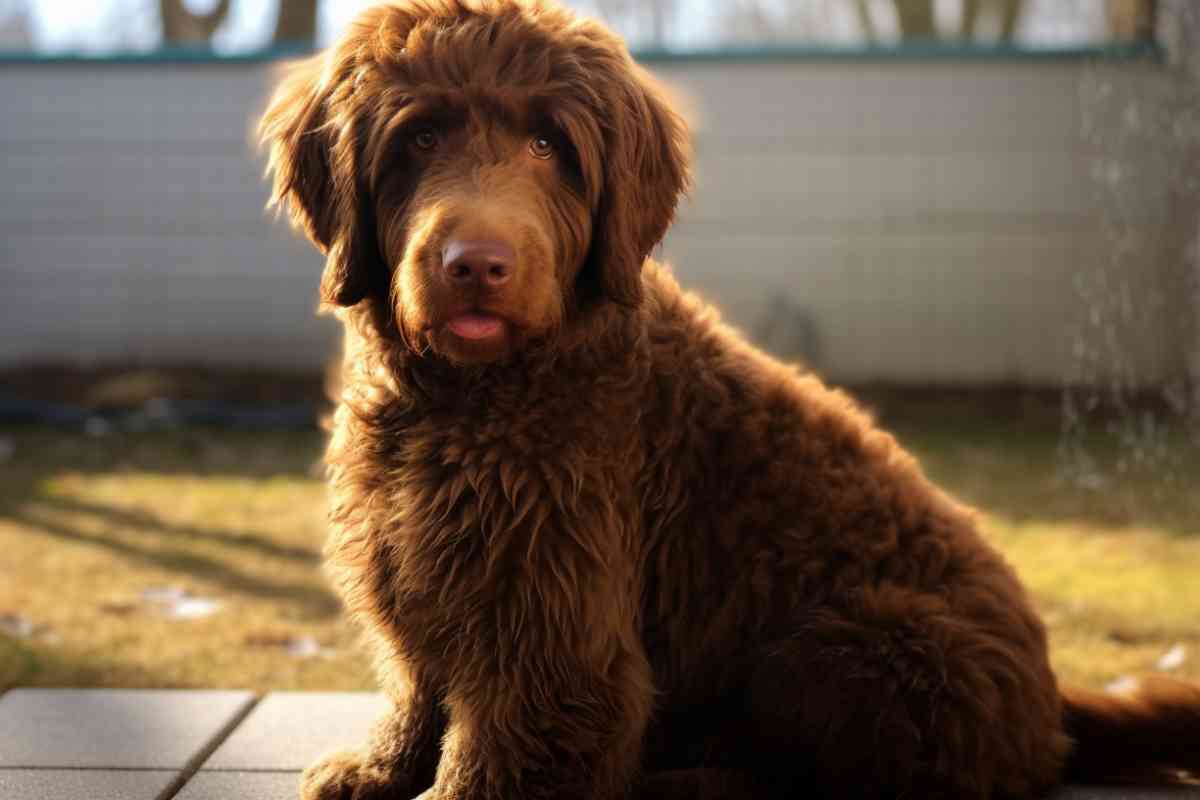
Doodle Coat Colors and Patterns
Doodles, with their diverse genetic backgrounds, can showcase a wide array of coat colors and patterns. The potential combinations are vast, influenced by the color genetics of both the Poodle and the other breed involved.
Poodle Colors and Patterns
Poodles come in a variety of solid colors, including:
- Black
- White
- Apricot
- Cream
- Blue
- Silver
- Brown
- Red
In addition to these solid colors, Poodles can also exhibit certain patterns, such as:
- Phantom: This pattern resembles the markings of a Doberman or Rottweiler, with a primary coat color and specific tan points on the eyebrows, muzzle, chest, and legs.
- Tuxedo: A primarily solid color with white markings on the chest, belly, and often the legs and face.
- Parti: A primarily white coat with patches of another color.
Doodle Coat Inheritance
When a Poodle is bred with another breed, the resulting doodle can inherit:
- Any of the colors or patterns present in the Poodle.
- Any of the colors or patterns present in the other parent breed.
For instance, if a Poodle is bred with a Golden Retriever, the puppies could be cream, gold, apricot, or even red, depending on the specific color genes both parents carry.
Predictable Patterns with Shared Traits
When both parent breeds exhibit a certain pattern, achieving that pattern in the offspring becomes more predictable.
For example, both Poodles and Chihuahuas can exhibit the phantom pattern. If breeders are aiming for this specific pattern and both parent dogs carry the phantom genes, the likelihood of producing phantom puppies increases.
Challenges with Unique Patterns
However, when a pattern is present in one breed but not the other, achieving that pattern in the doodle offspring becomes more challenging. Take the merle pattern, for instance. It’s a distinct pattern present in breeds like the Australian Shepherd but not in Poodles.
If a merle Australian Shepherd is bred with a Poodle, getting merle puppies is possible, but it’s less predictable than if both parent breeds naturally exhibited the pattern.
The Importance of Responsible Breeding
Breeders must exercise caution when aiming for specific coat patterns, especially when dealing with genes that can cause health issues.
The merle gene is a prime example. While the merle pattern is beautiful, breeding two merle dogs together can result in puppies inheriting two copies of the merle gene. This double merle combination can lead to serious health issues, including deafness and blindness.
The Controversy Behind Doodle Breeds
Doodle breeds, with their wavy coats and endearing personalities, have undeniably captured the hearts of many. However, beneath their charming exterior lies a web of controversy that has divided the canine community.
Here’s a look at the main points of contention:
1. Health Claims
One of the primary selling points for doodles has been their purported health advantages, especially their hypoallergenic coats. While it’s true that some doodles shed less and may produce fewer allergens, there’s no guarantee that any doodle will be hypoallergenic.
Additionally, while mixing breeds can introduce “hybrid vigor” and reduce the risk of some inherited health issues, it can also introduce health problems from both breeds.
2. Predictability
Purebred dogs have been bred for generations to meet specific standards in terms of appearance, temperament, and health. This predictability is one of the main reasons people opt for purebreds.
Doodles, being mixed breeds, can have a wide range of appearances and temperaments, even within the same litter. This unpredictability can be challenging for potential owners who have specific expectations.
3. Breeding Ethics
The rise in doodle popularity has led to an increase in breeders looking to capitalize on the trend. Unfortunately, not all of these breeders adhere to ethical breeding practices.
Puppy mills and breeders who don’t conduct necessary health screenings can contribute to the propagation of unhealthy dogs, leading to heartbreak for families and potential long-term health issues for the dogs.
Frequently Asked Questions
What are the most popular types of Doodles?
The most popular types of Doodles are Goldendoodles and Labradoodles. These breeds are a cross between a Poodle and a Golden Retriever or a Labrador Retriever, respectively. They are known for their intelligence, loyalty, and friendly personalities.
Which Doodle breeds are the calmest?
The Bernedoodle and the Sheepadoodle are known for their calm and gentle personalities. These breeds are a mix of a Poodle, a Bernese Mountain Dog, and an Old English Sheepdog. They are great for families with children and make excellent therapy dogs.
What are the best Doodle breeds?
The best Doodle breeds depend on your lifestyle and needs. If you are looking for a hypoallergenic dog, then the Labradoodle or the Goldendoodle might be the best choice for you. If you want a calm and gentle dog, then the Bernedoodle or the Sheepadoodle might be a good fit.
What are the downsides of owning a Doodle?
One downside of owning a Doodle is that they require regular grooming. Their curly coats can become matted if not brushed and trimmed regularly. Additionally, Doodles can be prone to certain health issues, such as hip dysplasia and eye problems.
Which Doodle has the best personality?
All Doodle breeds have great personalities, but the Goldendoodle and the Labradoodle are known for their friendly and affectionate nature. They are great with children and make excellent family pets.
What are some of the medium-sized Doodle breeds?
The medium-sized Doodle breeds include the Aussiedoodle, the Cockapoo, and the Whoodle. These breeds are a mix of a Poodle and an Australian Shepherd, a Cocker Spaniel, and a Soft-Coated Wheaten Terrier, respectively. They are great for families who want a dog that is not too big or too small.
| Doodle Breed | Size | Coat Type | Personality |
|---|---|---|---|
| Aussiedoodle | Medium | Wavy or Curly | Intelligent, Energetic |
| Cockapoo | Medium | Curly or Straight | Affectionate, Playful |
| Whoodle | Medium | Soft and Wavy | Friendly, Loyal |